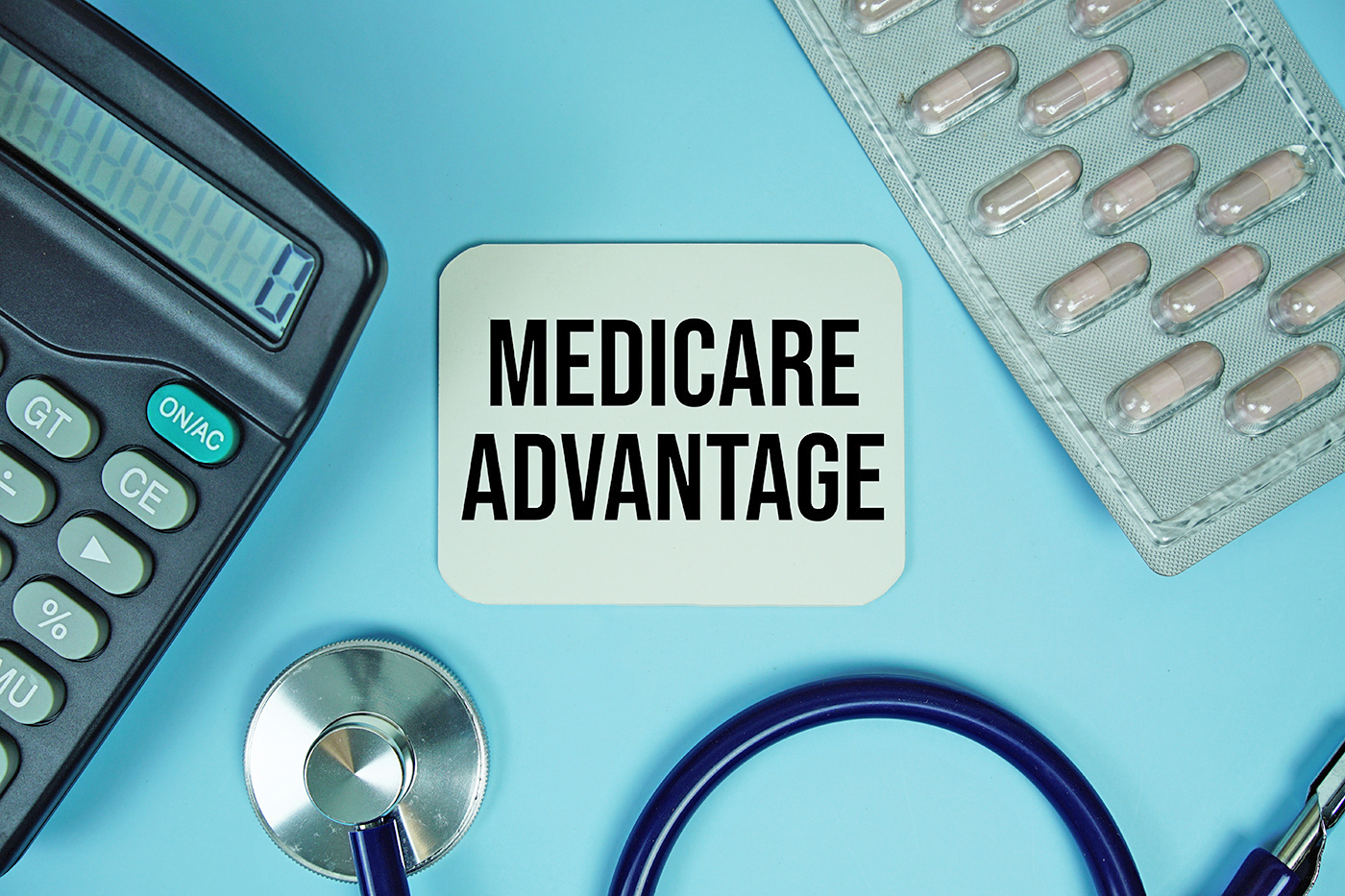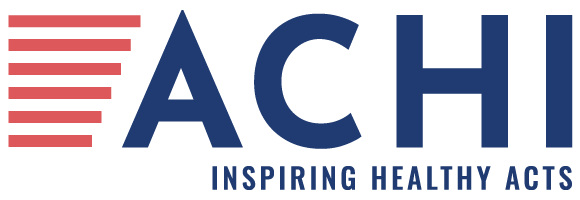
Author
John Lyon
Strategic Communications Manager
Contact
ACHI Communications
501-526-2244
jlyon@achi.net
On April 7, the Trump administration finalized a 5.1% rate increase for Medicare Advantage plans for the 2026 calendar year, a significantly higher increase than the 2.2% boost proposed by the Biden administration. The Centers for Medicare and Medicaid Services (CMS) projected the rate increase will result in more than $25 million in additional payments to Medicare Advantage plans next year.
Background
Medicare Advantage plans, which are offered by private insurance companies approved by Medicare, have been growing in enrollment over the past decade. In 2024, 47% of Medicare-eligible Arkansans and 54% of Medicare-eligible people nationwide were enrolled in Medicare Advantage plans. The plans attract beneficiaries by offering benefits not covered by traditional Medicare, such as vision, hearing, and dental services, but some patients and providers have complained of problems such as slow payments, administrative hurdles, and improper denials of care.

CMS sets the rates of monthly per-person payments to Medicare Advantage plans annually, on a county-by-county basis. Medicare Advantage plans submit bids — their estimated costs to provide Medicare Part A (hospital insurance) and Part B (medical insurance) benefits — and those bids are evaluated against county-specific benchmarks. If a plan’s bid is lower than the benchmark, the plan receives a portion of the difference, which can be used to offer extra benefits to enrollees.
Policy Implications
Industry experts had expected the Trump administration’s policies to be favorable toward Medicare Advantage. Prior to becoming administrator of CMS under Trump, Dr. Mehmet Oz was an outspoken proponent of Medicare Advantage, an investor in several Medicare Advantage insurers, and an advocate for providing universal healthcare coverage through “Medicare Advantage for all.”
However, CMS said the newly announced rate increase simply reflects the updated estimate of the growth in the benchmarks used to determine payment rates. This growth rate is largely driven by the growth in Medicare fee-for-service per capita costs. Health policy organization KFF said the reason for the higher-than-expected rate increase “appears to be primarily technical rather than a policy decision.”
The Trump administration appears to be willing to impose some restrictions on Medicare Advantage plans. A few days before the higher-than-expected rate increase was announced, CMS issued a final rule containing several consumer protection measures. Among other things, the rule prohibits Medicare Advantage plans from retroactively denying inpatient admissions that were previously authorized, unless there is evidence of fraud or obvious error, and removes some loopholes that made it difficult for enrollees and providers to appeal coverage denials.
The rule omits a proposal by the Biden administration to allow Medicaid and Medicare’s prescription drug benefit, Medicare Part D — which is included in most but not all Medicare Advantage plans — to pay for obesity drugs. However, Health and Human Services Secretary Robert F. Kennedy Jr. said recently he is considering a “regulatory framework” that would allow the programs to pay for the drugs. Also omitted from the final rule are Biden-era proposals to restrict how Medicare Advantage plans can market their supplemental benefits and put guardrails around the use of artificial intelligence in prior authorization decisions.
Overall, CMS’ actions have been interpreted as boding well for the future of Medicare Advantage in the Trump era, with stocks of the major Medicare Advantage insurers rallying in response to the announced rate increase.
For more on Medicare Advantage, see our explainer and a Talk Business & Politics guest column by ACHI Interim President and CEO Craig Wilson.






